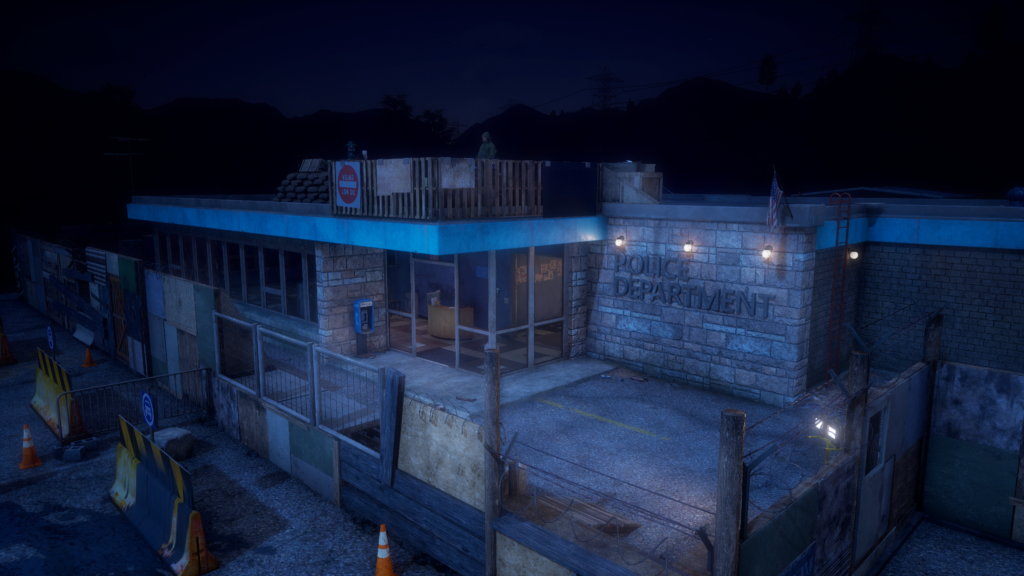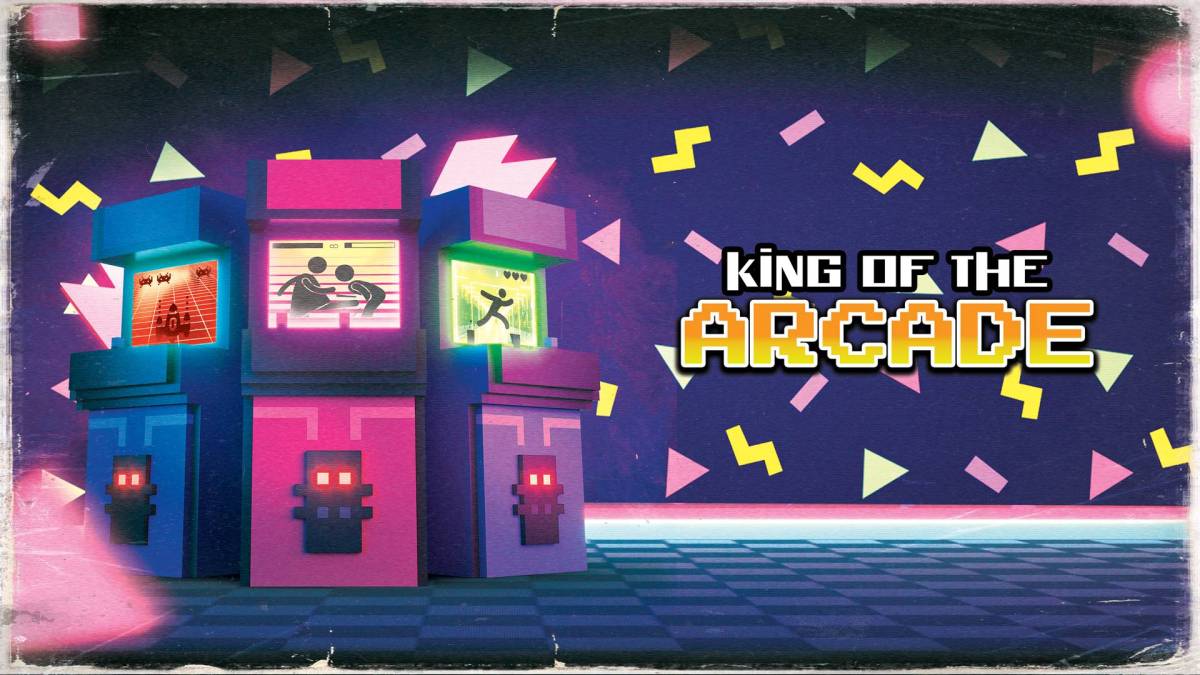
Platform: Windows and Xbox One (reviewed)
Zombies – you just can’t escape them no matter what medium you consume. Hell, Game of Thrones, with all its political scheming and terrible things happening to characters you like, has the looming threat of a zombie horde coming to the forefront in its final season. Video games rarely approach anything with zombies in it beyond shoot/bash them into oblivion and then do that to the next one you see until there are no more. State of Decay 2 is different in that it puts resource management and keeping the people in your group content at the forefront while the zombies are an obstacle to that aim. It’s not an entirely unique idea, but it’s the approach that Undead Labs has made that sets it apart from other games of its ilk.
State of Decay 2 is a game loaded with systems you need to get a on handle before you can make any real progress. It’s not a friendly game. It requires you to take the time to understand what’s going on under the hood. It’s not a huge learning curve, and within a couple of hours, you’ll understand what you need to do to make it. You need to build a base for your group to call home and store supplies. As your community grows, so too does your consumption of the supplies you find. You’ll need to venture out and look for building materials to upgrade your base. In doing that, you’ll find other supplies your community needs to keep going. Food, medicine, and weapons are out there for the taking. You just need to go up against the zombie hoards that are often surrounding them.
It’s a loop that will necessitate you poking your head further than you might feel comfortable. It’s not a game of ‘with great risk comes great reward’. Being foolhardy has its own perils beyond death of the character you’re using. Go out too far and live to tell the tale and you might put your whole community at risk. It’s not just the zombies you have to worry about. Your group needs supplies to survive. Every trip out requires you to prepare. Do you bring a vehicle? A partner? How far out do you think you can go and still make it back in one piece? Where are you headed and what potential supplies are there? Every one of these affects not only your survivability outside, but your base at home. Zombies can and will attack without your being there. Did you leave your group to hold them at bay? Even if they do, did you take enough to not only survive, but make the consumption of supplies in your venture worth it? State of Decay 2 requires you to plan not only for what you need, but plan for the possibility that your trip out might end in a failure in some shape. The supplies you bring back can start to look like meaningless trinkets when you have a locker full of guns but no ammo to use for them. Turning them into scrap will give you the materials you need to mod weapons you have ammo for and let you repair items as they wear out. Nothing on your run will be completely worthless, but you have to pick and choose what will benefit you the most.
The supply loop not only affects your characters, but your base and vehicles. You’ll need fuel to take those vehicles on the open road. The vehicles are not only modes of transportation and another means to kill zombies, they also let you store more items in the trunk to bring back home. You can’t just run over zombies willy nilly either. Vehicles aren’t nearly as common as they were in the first game, so you’ll need to treat them with more care. They’ll eventually blow up if they take enough damage. Damage can be repaired, even after they blow up (video games, amirite?), but requires you to have a repair kit on hand. These aren’t particularly common and make you be more considerate of the vehicles you find and how you use them. You’ll find building supplies to upgrade your homestead, making them more self-sufficient. This enables you to concentrate on shoring up any weaknesses you may have either defensively or in what your base can’t produce on its own. Space is limited and you’ll never be able to be completely get away from scavenging, but you’ll be able to be more picky about what you lug back to base.
Influence acts as the in-game currency. It lets you do things like buy things from other groups of survivors or wandering merchants and call in favors over the radio. It’s earned by completing missions that your group or other groups ask you to do, trading away items you find, and killing zombies. It’s another reward for sticking your neck out that rewards you with being able to venture out further and better defend yourself during those trips.
But the goal in State of Decay 2 isn’t just to survive. No, you need to start to turn the tide back on the zombies and rebuild. Plague hearts pepper the map and your goal is eliminate them. Plague zombies are the bastards with glowing red eyes that you see running around and they present a new threat to your group that wasn’t in the original State of Decay – infection. The more you’re attacked by them, the more your infection meter goes up. Once bitten, the infection spreads and eventually causes your survivor to turn. You can find or make the cure for the blood plague and that requires more resources either by making it yourself (if someone in your group is able to) or by finding a group that has some you trade for. There’s no going around the possibility of infection. Hitting the nests is necessary to get to the endgame and each time you take one on, you’ll be surrounded by plague zombies with the plague heart spawning more as you attack it. Destroying the heart lessens the infestation in the area, boosts your group’s morale, and gives you a large amount of influence points to spend. The influence points will come in handy for buying stronger weapons as each one you destroy strengthens the remaining ones.
All of these things have really made me reconsider multiplayer a bit more. Don’t get me wrong, it’s a welcome addition. It’s that the risk in sending a character out to someone’s map and potentially losing them really doesn’t seem like a smart use of your time unless you know the people. Having some stranger come in and potentially do some serious damage to your setup isn’t the most of enticing of prospects either. State of Decay 2’s multiplayer is a great idea in theory, but, like in most other multiplayer, it’s going to depend on who you’re playing with. While having someone team kill you is never fun, it might set you back a few minutes. Having someone come into your world, go run off with your best vehicles and promptly get it blown to bits is a little more impactful. You can have hours of preparation ruined by someone in a matter of moments. If that someone is a friend and it happens because things went sideways, it’s a great story you have to tell. If it’s because some random person decided to be funny, it’s something that could ruin the experience and your game. The stakes are too high to try to treat this like Left 4 Dead. In short? I wouldn’t bother with it very much unless you know the people you’re inviting in. And don’t be that guy if you play in someone else’s game.
Some technical hiccups aside, State of Decay 2 runs more smoothly than its predecessor. Frame rate, even on the first generation Xbox One I’m playing on, is pretty stable. Screen tearing happens and some odd geometry issues occur, but I’ve never experienced anything that affects the game so much as to ruin it while playing solo. Multiplayer is another story. Perhaps it’s been patched up since I touched it last, but I had some serious issues that weren’t constant, but hindered the experience frequently enough to make me not particularly interested in going back on unless with a friend. Geometry hangups can be fatal in any game, but they happened with such frequency during my stint in multiplayer that it more felt like Undead Labs trying to warn you that they never really intended this series to be played this way. A bit of a reach in assumption, but, man, it did not feel stable, making it feel even less compelling to dip my toes in.
Some tweaks to the interface would be welcome quality of life improvements. Having to lug all the items I acquired out in the world to a locker to store them is a design decision I understand. Having the option to just unload everything once you get back to base isn’t really one I’d really care for. It adds a bit more weight to the feeling of coming home after a long trek out. It’s the decision to keep the place you put your inventory items in a separate place from your base supplies that you bring back in a rucksack that is a bit of annoyance. It only takes a few more seconds to get over there, but it’s something that I would have liked to managed all in one place. Looking for a particular person in your group is also a bit of a hassle. Having some sort of ability to tag where that person is in your base would save some precious time and avoid scouring the base for them. Hell, I’d even take the option to be able to shout out to them even if it attracted nearby zombies like any other loud noise does in the game. Fairly minor complaints, but they’re things even after multiple games and more than a few dozen hours spent that still make me bristle a bit when they come up.
State of Decay 2 puts what it does together in such a compelling way that I found it easy to overlook any hangups I may have with it. The tension it brings is something that I rarely get in the games I play. While I enjoy Dead Rising, it’s definitely gotten away from any sense of the tension that the first game had and traded it for something more akin to a musou game. I’m not against that, but what State of Decay 2 does is not only bring a sense of dread, but requires the understanding of how its systems work to succeed. It’s not going to be for everyone, but Undead Labs has proven they understand what their fanbase likes and improved upon it enough to hopefully attract more people to give it a whirl. It’s easily been the game I’ve enjoyed playing the most this year and it’s going to be hard to replace it as what I go to just for the hell of it for the next few months.








